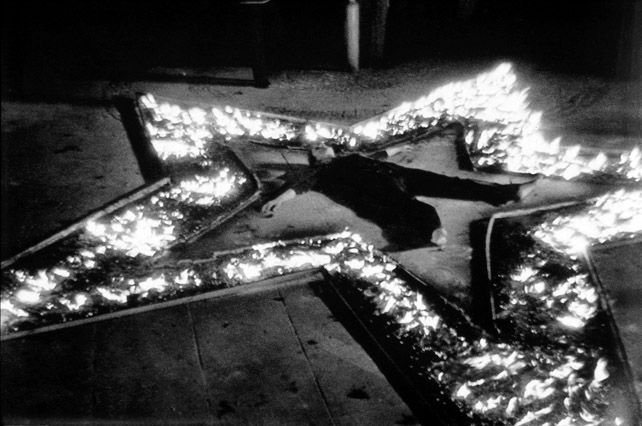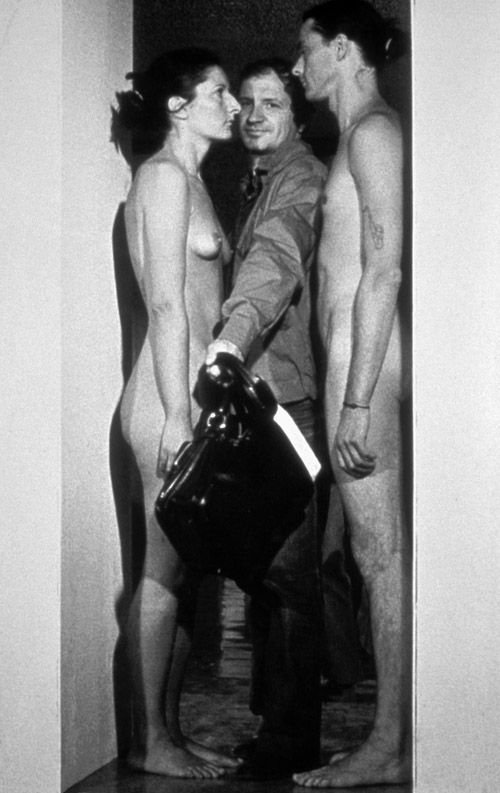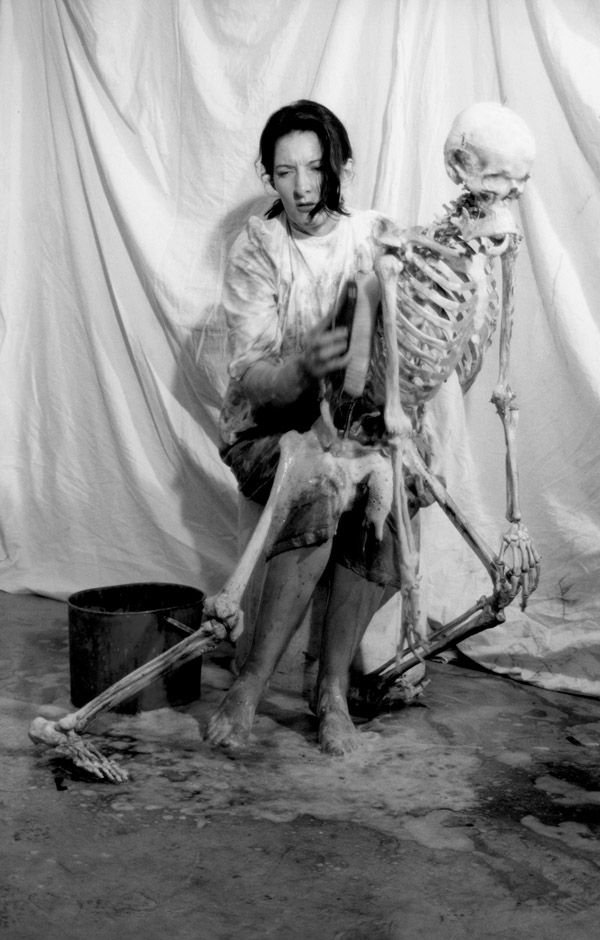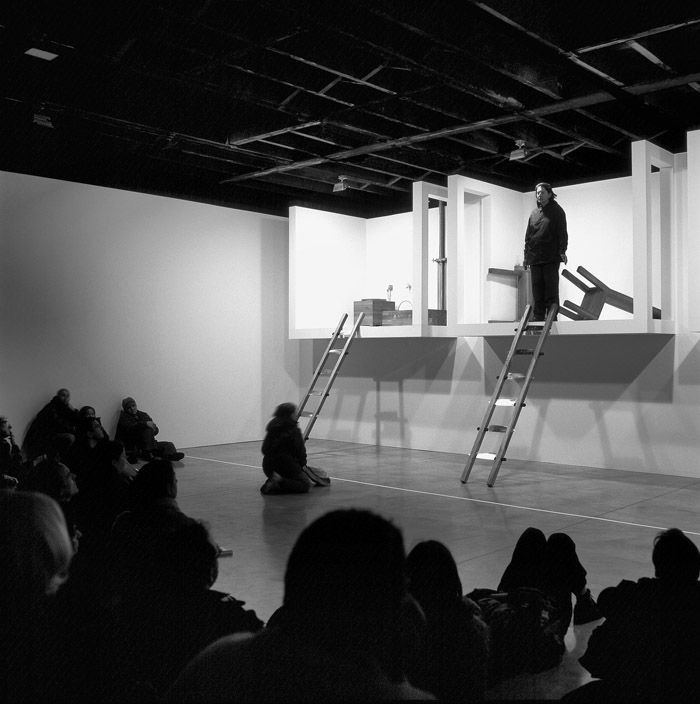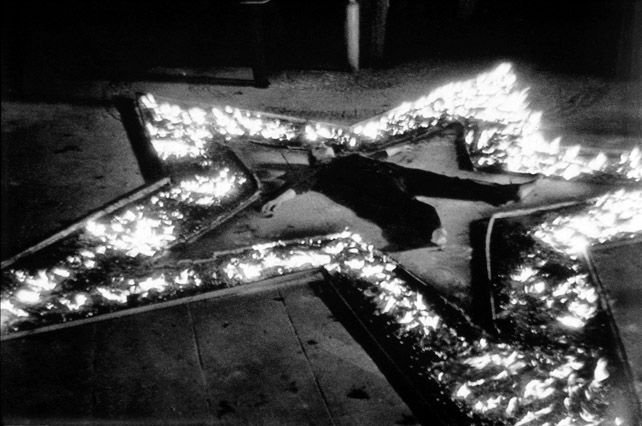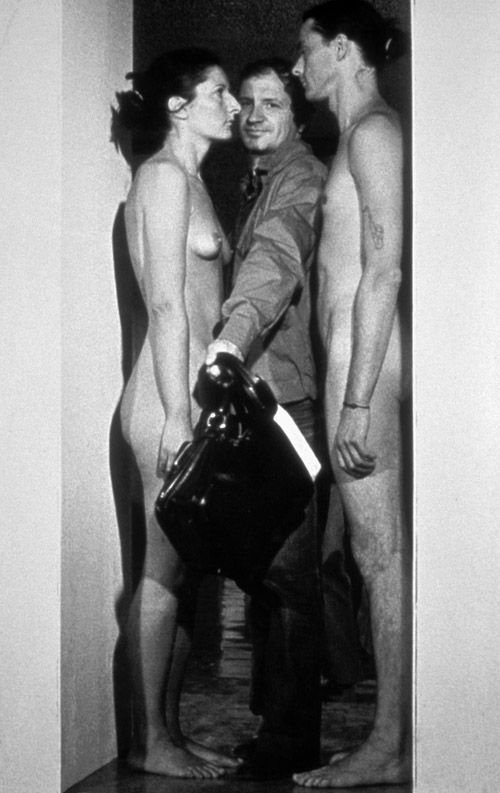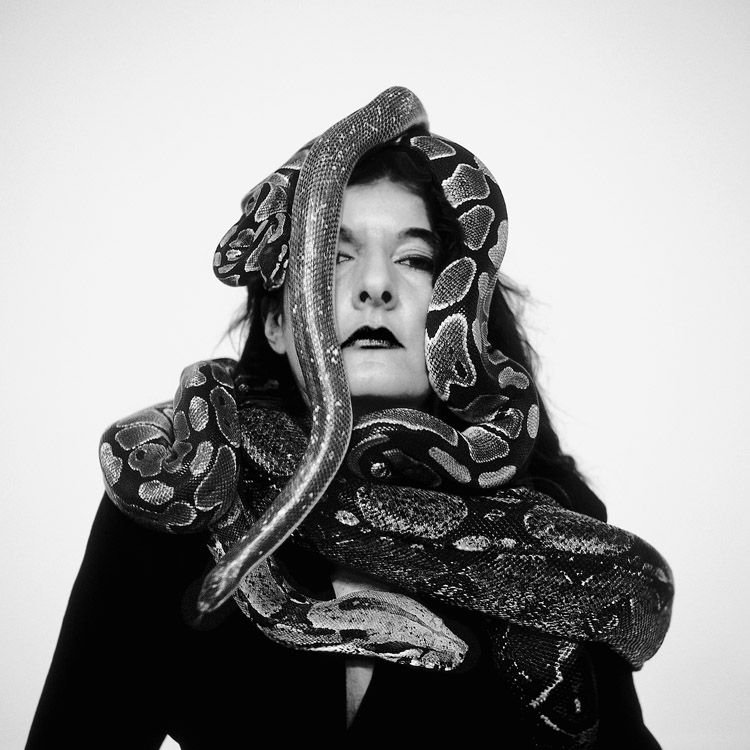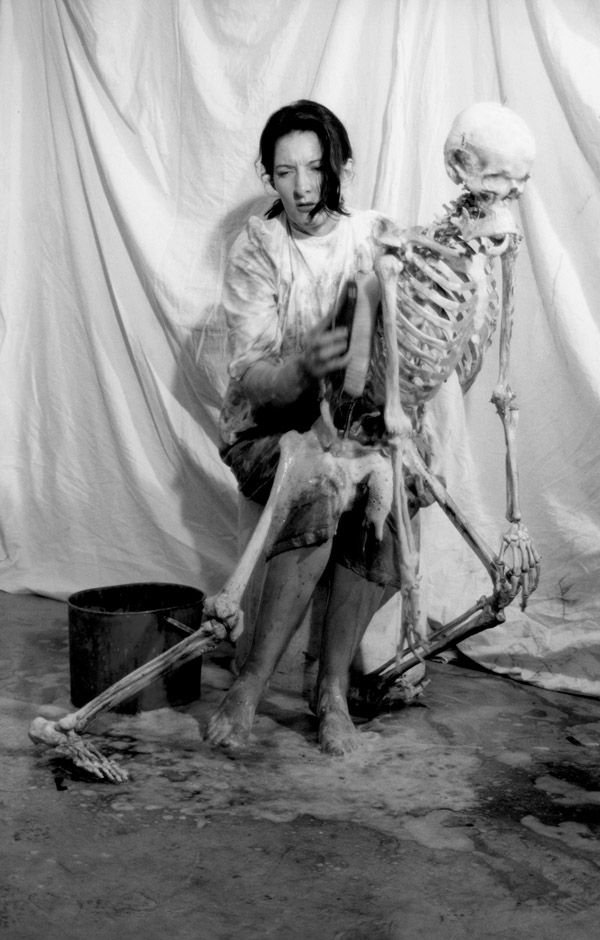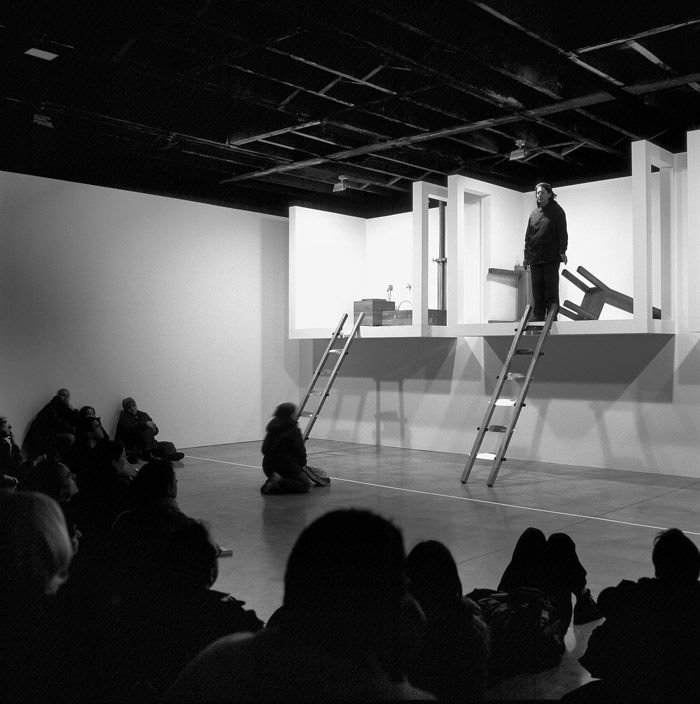Quando Marina Abramović morirà
Belgrade, 1974: Marina Abramović set fire to a monumental five-pointed star, the symbol of the Tito regime, and laid down inside it until she was overcome by the fumes and fell unconscious. Naples, one year later: the artist challenged the public to use any of the objects laid out on a table on her resolutely passive body and one spectator pointed a loaded gun at her throat. New York, 2002: she lived and fasted for twelve days in a suspended structure set up in the Sean Kelly Gallery, drawing sustenance only from the fascinated gaze of spectators who watched her drink, sleep, wash and urinate. James Westcott was one of them and this was his first encounter with the self-proclaimed “grandmother of the Performance Art”. It is also the opening scene of Quano Marina Abramović morirà, an intimate biography of an artist who has been flirting with death for forty years by using her body as the focal point of legendary performances.
Launching herself into performance art initially meant rebelling against a “militarized” upbringing under the tyrannical control of a mother who imposed Communist cultural dictates and never kissed her. The complete break with Belgrade and take-off of her career began after she met the German artist Ulay. Together they toured Europe in a Citroën van transformed into a mobile home and staged performances laying bare an extreme symbiosis that culminated in Nightsea Crossing, repeated ninety times in five years, which involved them sitting immobile and gazing into one another’s eyes for seven consecutive hours across a table. In their last performance as a duo, they set off walking from either end of the Great Wall of China to meet in the middle three months later and say goodbye. Again a solo artist and soon to receive the Golden Lion at the 1997 Venice Biennial, Abramović finally arrived in the limelight of New York, from where still dominates the international art scene.
She has often been asked whether she has ever been afraid of dying during her daring actions. She answers, “What if I do? Life is a dream and the death an awakening. We should rather think about how precious our existence is and the senseless way we waste it.”
Textual index
Ringraziamenti Nota al testo Prefazione Introduzione
Prima parte Jugoslavia 1946-1975
1. Il male di nascere
2. Storie partigiane
3. Mestruazioni, masturbazioni, emicranie
4. Autogestione
5. La vita nell’arte
6. Un’arte nuova per una nuova società
7. Il suono si fa carne
8. Riti di passaggio
9. Segni
Seconda parte Ulay 1975-1988
10. 30 novembre + 30 novembre
11. Artist Must Be Beautiful
12. Energia mobile
13. Forza motrice
14. Chi crea i limiti
15. Aborigeni
16. La coppia del serpente va avanti
17. Teatro e tragedia
18. Astinenza e storie di letto
19. Rivelazioni
20. The Lovers
Terza parte Solista: dal 1988...
21. Spirituale-Materiale
22. Biography
23. Balcanizzazione
24. Per sempre temporaneo
25. Normalità
26. Il topo lupo e il Leone d’oro
27. Accordi e disaccordi
28. Biografo
29. La Performance Art come arte da mettere in scena
30. La conoscenza della morte
Epilogo
Quando Marina Abramović morirà


